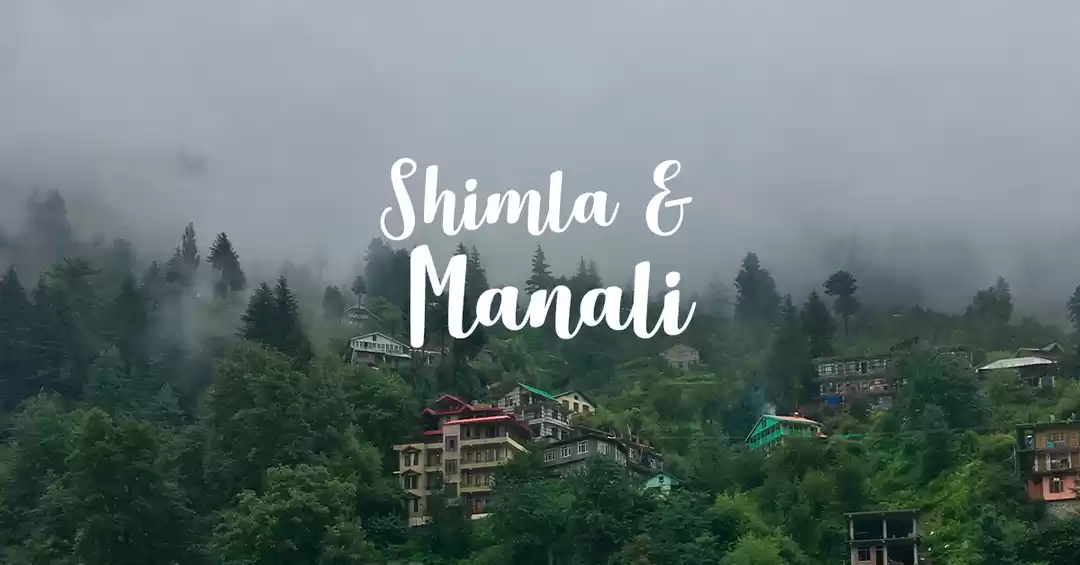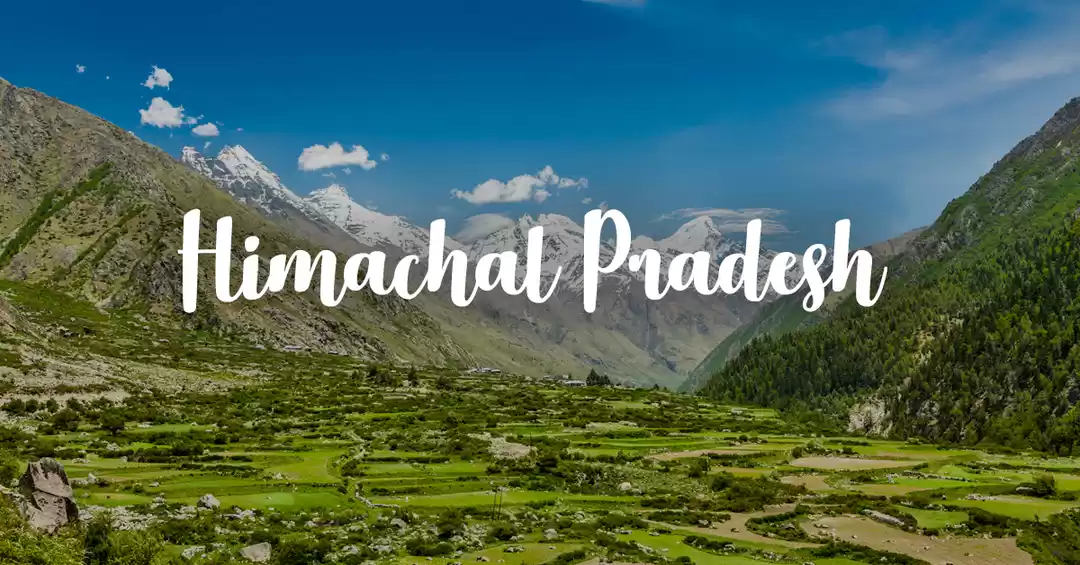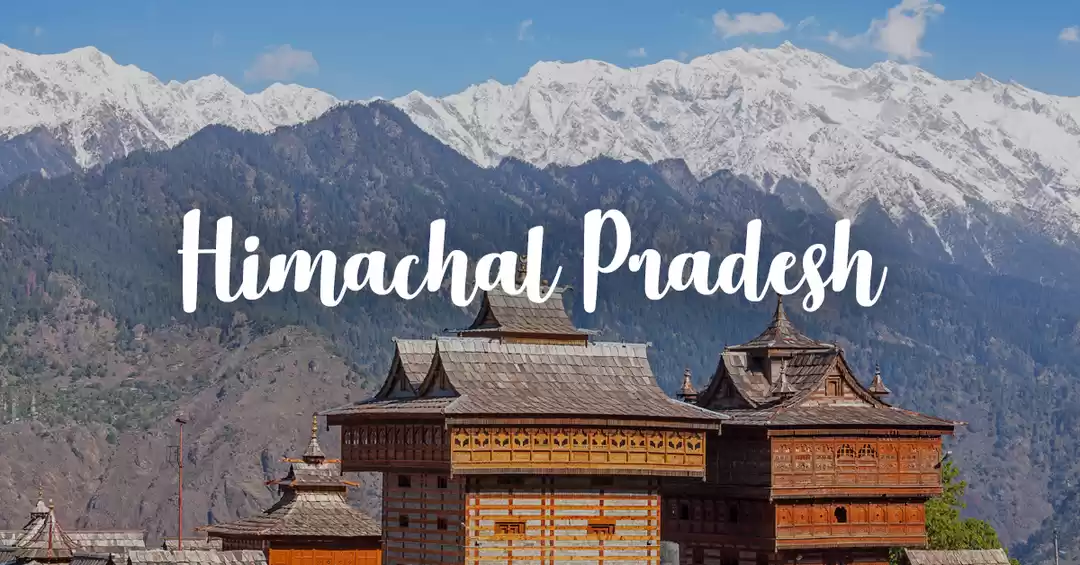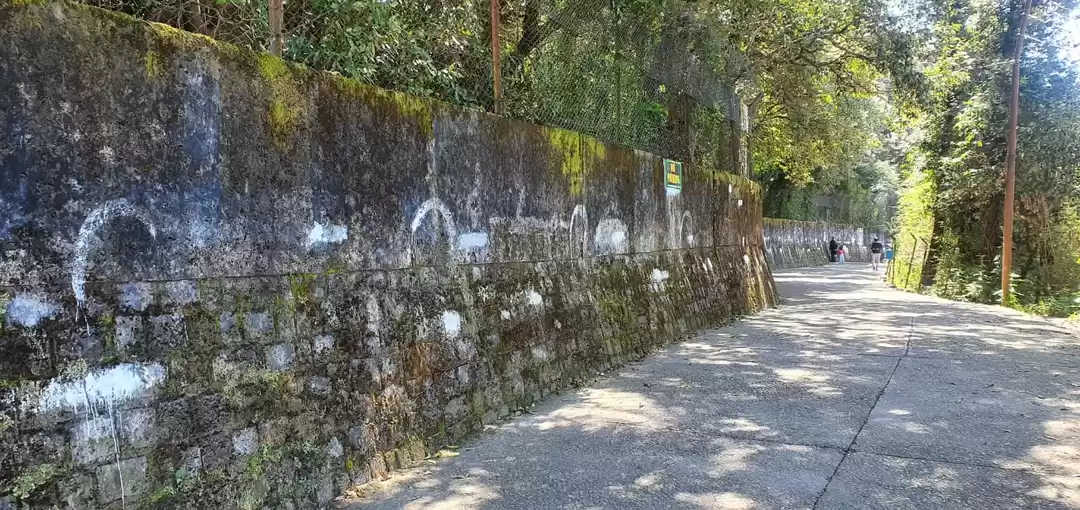
The Norbulingka Institute is located in a small valley-like setting near Dharamshala, Himachal Pradesh. Depending on your interest level, a visit here could take anywhere from a day to a week. There's so much art, architecture, cultural elements and history to observe and absorb that a day visit just isn't enough.
Work on the Norbulingka Institute began in 1988 and it was inaugurated by the Dalai Lama in 1995. It was envisioned as a place where a revival of Tibetan art could take place unhindered by political headwinds and with as little monetary constraints as possible.
The Norbulingka Institute website describes itself thus: "...an institute which could act as a cradle for the revival of Tibetan art, and provide a haven for artists to practice their crafts. The goal was to return Tibetan art to its former glory, following the strictest standards in terms of the selection of materials, quality of craftsmanship, and adherence to traditional methods. With the growing interest in Tibetan culture in India and abroad, Norbulingka could also serve as an emissary of Tibetan culture, a place where people could come and witness artists at work and immerse themselves in a Tibetan community for an afternoon or a few days. The increasing fascination with Tibetan Buddhism internationally created a demand for exceptionally crafted art objects, which would make the project sustainable."
I visited the institute in early autumn 2022 and still remember its serenity, calmness and pristine environs.
"...Norbulingka acts as a self-sustaining community, where all members contribute to the larger vision of preserving Tibetan culture, and where the income generated is re-invested to create a better life for our staff and future Tibetan generations," says its website.
Many crafts are practised here, prominent among them being 'thangka' painting, 'thangka' applique, statue making, woodcarving, applique, wood painting, tailoring, weaving and screen printing.














































